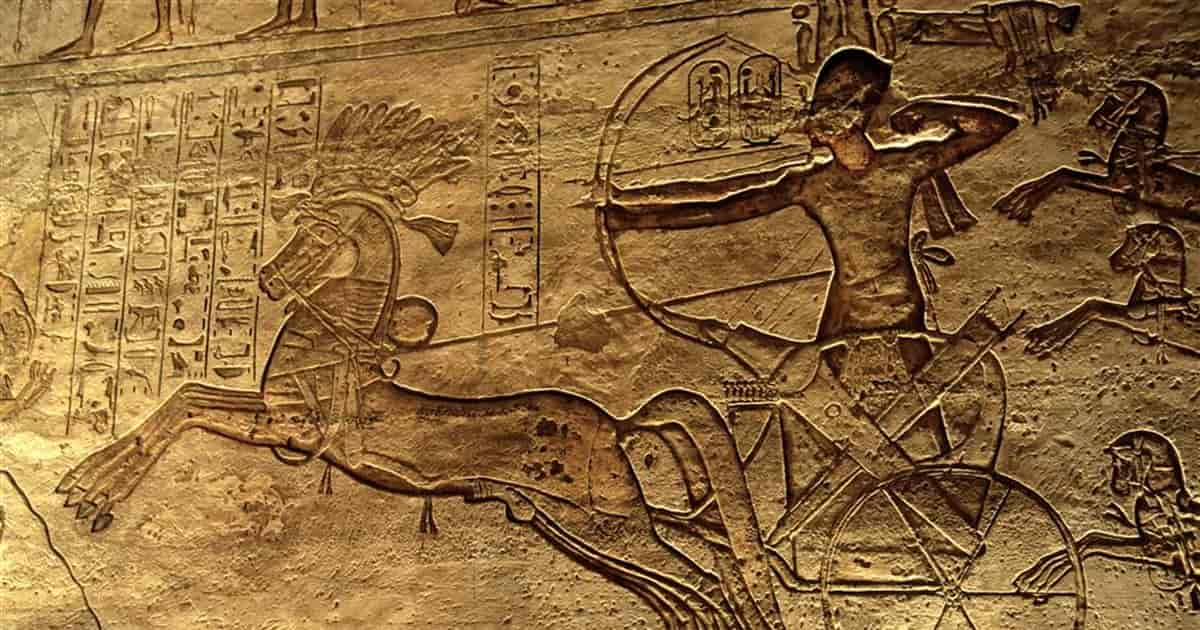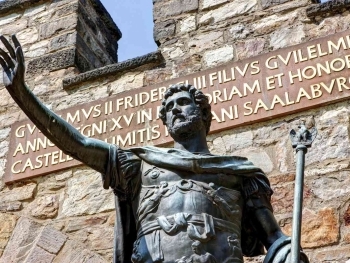Chariots have been used in warfare for thousands of years, and one of the most famous examples is the ancient Egyptian chariot. The Egyptians were one of the first civilizations to use chariots in battle, and they played a crucial role in many of their military campaigns. In this article, we'll explore the history of ancient Egyptian chariots and their impact on ancient warfare.
The use of chariots in ancient Egypt dates back to the Old Kingdom period (2686-2181 BC). These early chariots were relatively simple, with a wooden frame and wheels, and were pulled by two horses. They were primarily used for transportation and hunting, but over time, they became an essential tool of warfare.
During the New Kingdom period (1550-1070 BC), chariots became more advanced and were equipped with weapons such as bows, arrows, and spears. They were manned by two soldiers, one who drove the chariot and the other who used the weapons. These chariots were faster and more maneuverable than infantry, and they were particularly effective against enemy chariots and infantry.
The Battle of Kadesh, fought between the Egyptians and the Hittites in 1274 BC, is one of the most famous examples of the use of chariots in ancient warfare. The Egyptian army, led by Pharaoh Ramesses II, had a large contingent of chariots, which played a significant role in the battle. The chariots were used to break up the Hittite formations and create confusion, allowing the Egyptian infantry to gain the upper hand.
Chariots continued to be an essential part of the Egyptian army for centuries, and they were used in many of their military campaigns. However, as time passed, their role in warfare began to diminish, and they were eventually replaced by cavalry.
The ancient Egyptian chariot played a crucial role in the development of ancient warfare. They were faster and more maneuverable than infantry and were particularly effective against enemy chariots and infantry. The Battle of Kadesh is a testament to their effectiveness, and their legacy can be seen in the many chariot races and ceremonies depicted in Egyptian art and literature. While they may have been replaced by cavalry in later periods, their impact on ancient warfare cannot be overstated.




